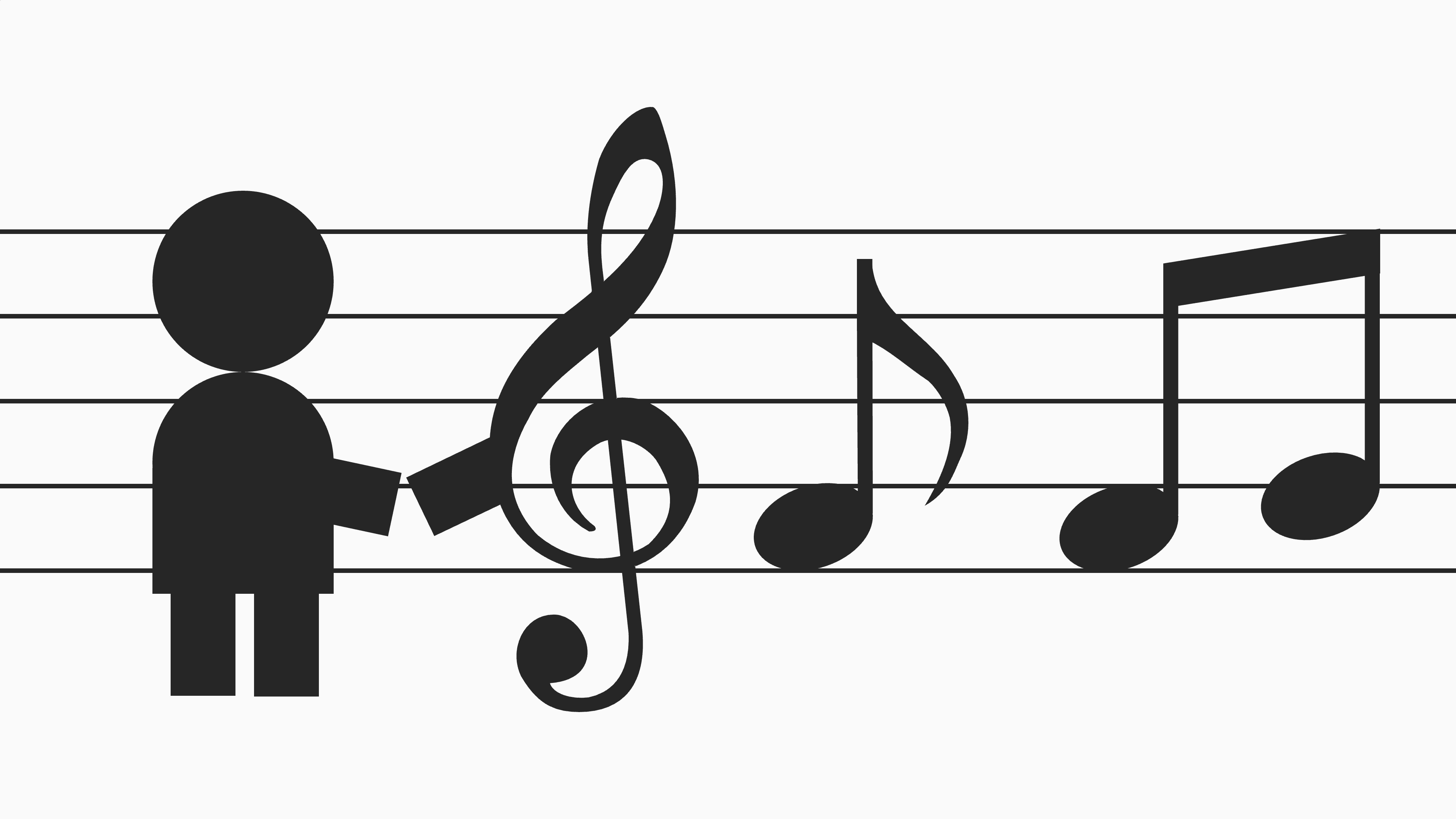Take note of these notes on note-taking

If you spent an hour on a meeting about something, but no one is able to recall what was discussed afterwards and nothing has changed since the meeting, did it really take place? The answer is obviously yes, since you’ve wasted an hour of your life. But as I wrote a few weeks ago, one could argue that no meeting really took place – especially if everyone’s collective memory of the meeting is so bad that you need to schedule a follow-up meeting.
This is of course a very exaggerated example. In practice most participants will at least remember the main topics that were discussed. This is good enough for simple meetings that have clear actionable outcomes. But often it’s the details that matter.
Meeting notes help participants remember those details, and allows people who could not attend the meeting to easily catch up.
Now that you understand why you need meeting notes, let’s talk about how you can make meeting notes.
If you want meeting notes, the first thing you need is a designated note taker: someone who is solely responsible for the notes for this meeting. . However, it’s often better to rotate between meeting participants, particularly those that don’t have to present anything. In either case, make sure that
Once you have a note taker, it’s time for them to make some meeting notes. Everyone has their own strategies and methods; I generally try to format my meeting notes as lists.
I usually start with a rough draft in , in which I write down whatever I think is worth recording throughout the meeting. that help me remember what was discussed or agreed upon. Once the meeting has finished I convert those rough notes into nicely formatted meeting notes that can be shared with the team.
The box below shows an example of list-style meeting notes:
For a recurring meeting that always follows the exact same structure I use a template that is tailor-made for that specific meeting. Such a template already includes all the fields and sections that I need (date, attendees, discussion points, issues, decisions, action items, and so on). This turns note-taking into a relatively simple fill-in-the-blanks exercise that takes little to no extra time to complete.
This is what meeting notes would look like for a weekly project meeting where multiple stakeholders provide status updates for the development of a new product:
Whichever way you choose, it’s a good idea to keep in mind that the best meeting notes are:
-
Short and to the point: One should be able to see at a glance what the meeting was about. Use headings, lists, or tables so that the meeting notes are easy to skim. It’s okay to use longer texts for subjects that require more detailed descriptions, but make sure that they can be skipped by readers who are not interested in those details.
-
Quickly available: Ideally, meeting notes are available almost directly after the meeting, or at least on the same day. If the meeting was held at the end of the day it’s also fine if the accompanying notes aren’t ready until tomorrow. But certainly don’t wait until next week.
-
Accurate: I don’t think I need to explain why it’s important that meeting notes accurately reflect what was discussed. Ask attendees to double check the meeting notes when you share them.
Sometimes a brief summary of a meeting isn’t enough: you need details, all the details. Possibly because it’s a very formal meeting or because the meeting involves two parties that do not entirely trust each other. If that’s the case, it’s time to make meeting minutes.
Meeting minutes include virtually every minute detail that was discussed during a meeting and tend to look like huge walls of text. They’re not fun to read nor are they fun to make. But they are important.
Minutes are considerably harder to make than notes, because not only do you need to pay attention to the exact words that were used, but also to how things were said.
I make my minutes using a two-step process:
-
Write down literally everything that’s said during the meeting. Also take notes of what happens, e.g. how attendees respond. Also make sure that you do it quickly: unless you have permission to use you can’t “go back” to an earlier point in the meeting!
-
At the end of the meeting you should have a reasonably complete and transcript of the meeting. Convert this rough draft into a version that can be shared with attendees as quickly as possible while you still remember how the meeting went. The longer you wait, the harder it becomes!
Both steps are easier said than done, so feel free to treat yourself when you’ve finished and published your meeting minutes. 😄


